It’s been three long years since Nintendo announced their desire to transform a shuttered manufacturing plant in Kyoto into a Nintendo Museum, but with a grand opening planned for this Fall, the consolemaker is finally ready to give fans a sneak peek at what’s inside.
The video tour, which has been embedded above, is hosted by Shigeru Miyamoto himself, and it actually starts on the second floor in the “Make Connections” exhibit. There, museum patrons will be able to browse Nintendo’s 135-year-history of games, toys, and playing cards. This massive display case overlooks the first floor, which will feature eight interactive play exhibits. Miyamoto shared three of those exhibits during the video.
“Ultra Machine SP” is based on an indoor pitching machine sold by Nintendo in the 60s and 70s and will let you take the plate in a replica of a typical Japanese home. “Zapper and Scope SP” gives players a Zapper or Super Scope and lets them loose on a 13-player light gun game that attempts to modernize one of Nintendo’s first moves into the video game space. And you’ll get exactly what you expect in the “Big Controller” exhibit, as two players will attempt to complete a Nintendo-themed game challenge together using an extra-large controller.
With this combination of museum gallery and interactive play-based exhibits, the Nintendo Museum seems to be very reminiscent of The Strong Museum of Play in Rochester, NY. But as with all things Nintendo, I’m sure a few surprises are still being kept under wraps.
The Nintendo Museum will open to the public on October 2, but to help control attendance, Nintendo is currently offering tickets through an online lottery. You can reserve your tickets, and learn more about the rest of the museum, at the Nintendo Museum’s official website.

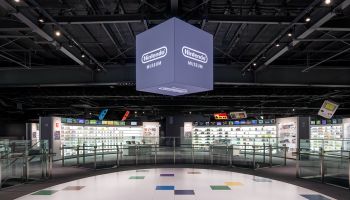

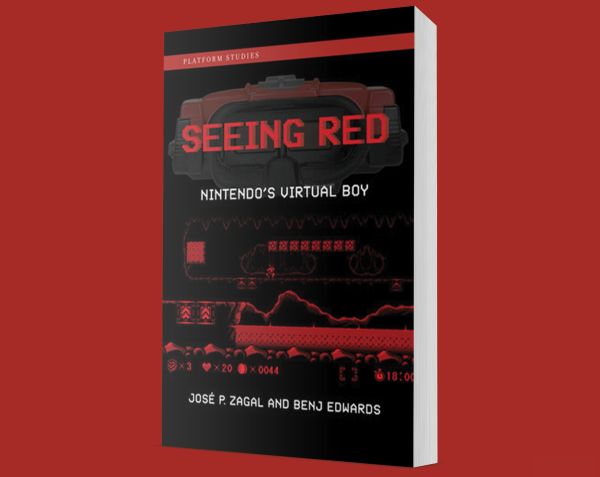

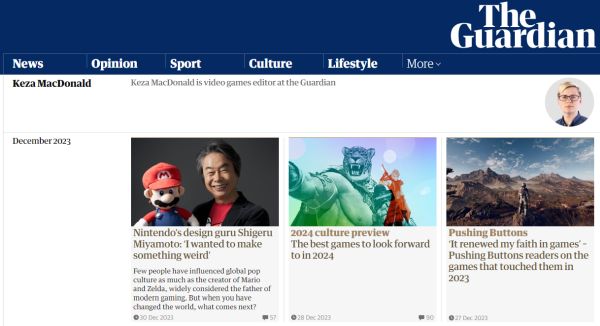
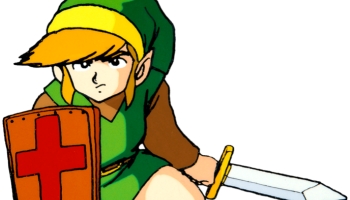
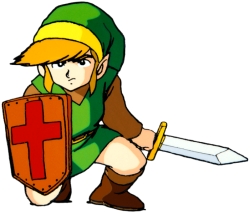 Even though Sega launched the Genesis in 1989 (a year after the console debuted in Japan as the Mega Drive), Nintendo spent the early part of the 1990s without a true rival in the “Console Wars.” Their dominance of the living room was so complete, most people just referred to any video game as “a Nintendo.”
Even though Sega launched the Genesis in 1989 (a year after the console debuted in Japan as the Mega Drive), Nintendo spent the early part of the 1990s without a true rival in the “Console Wars.” Their dominance of the living room was so complete, most people just referred to any video game as “a Nintendo.”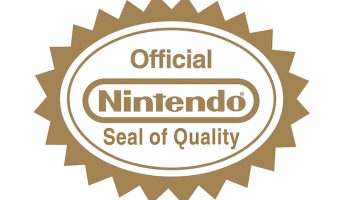
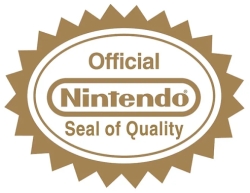 “Not all who wander are lost.”
“Not all who wander are lost.”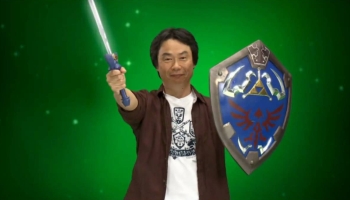
 “A delayed game is eventually good, but a rushed game is forever bad.”
“A delayed game is eventually good, but a rushed game is forever bad.”

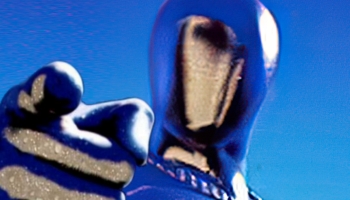
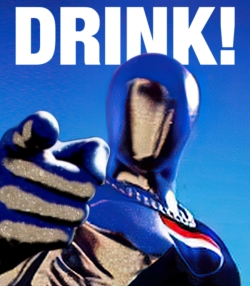 With the right circumstances, it’s possible for a logo to break free from the company it represents and become an iconic piece of history in its own right. It’s easy to point to Nintendo, PlayStation, and Xbox as some of the most prominent examples in gaming, but they’re not the only ones.
With the right circumstances, it’s possible for a logo to break free from the company it represents and become an iconic piece of history in its own right. It’s easy to point to Nintendo, PlayStation, and Xbox as some of the most prominent examples in gaming, but they’re not the only ones.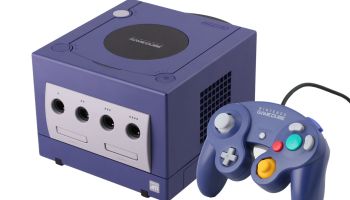
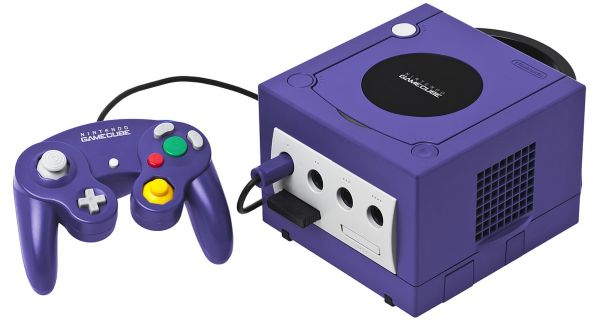
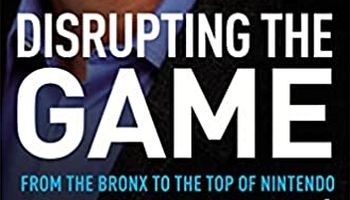
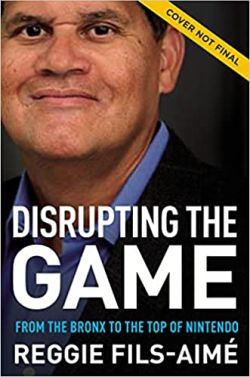 Thanks to his penchant for saying the right thing at the right time, Reggie Fils-Aime completely transformed Nintendo of America’s public image during his tenure as President and Chief Operating Officer from 2006 through 2019. For more than a decade, he played host and ringmaster during Nintendo’s public presentations and his irreverent attitude and larger-than-life persona encouraged fans to look at the company in a new light.
Thanks to his penchant for saying the right thing at the right time, Reggie Fils-Aime completely transformed Nintendo of America’s public image during his tenure as President and Chief Operating Officer from 2006 through 2019. For more than a decade, he played host and ringmaster during Nintendo’s public presentations and his irreverent attitude and larger-than-life persona encouraged fans to look at the company in a new light.